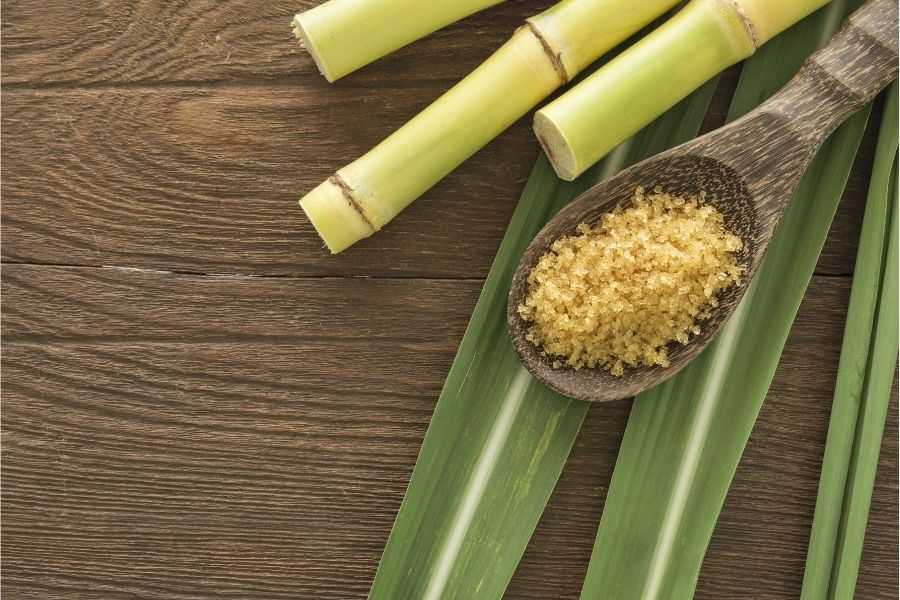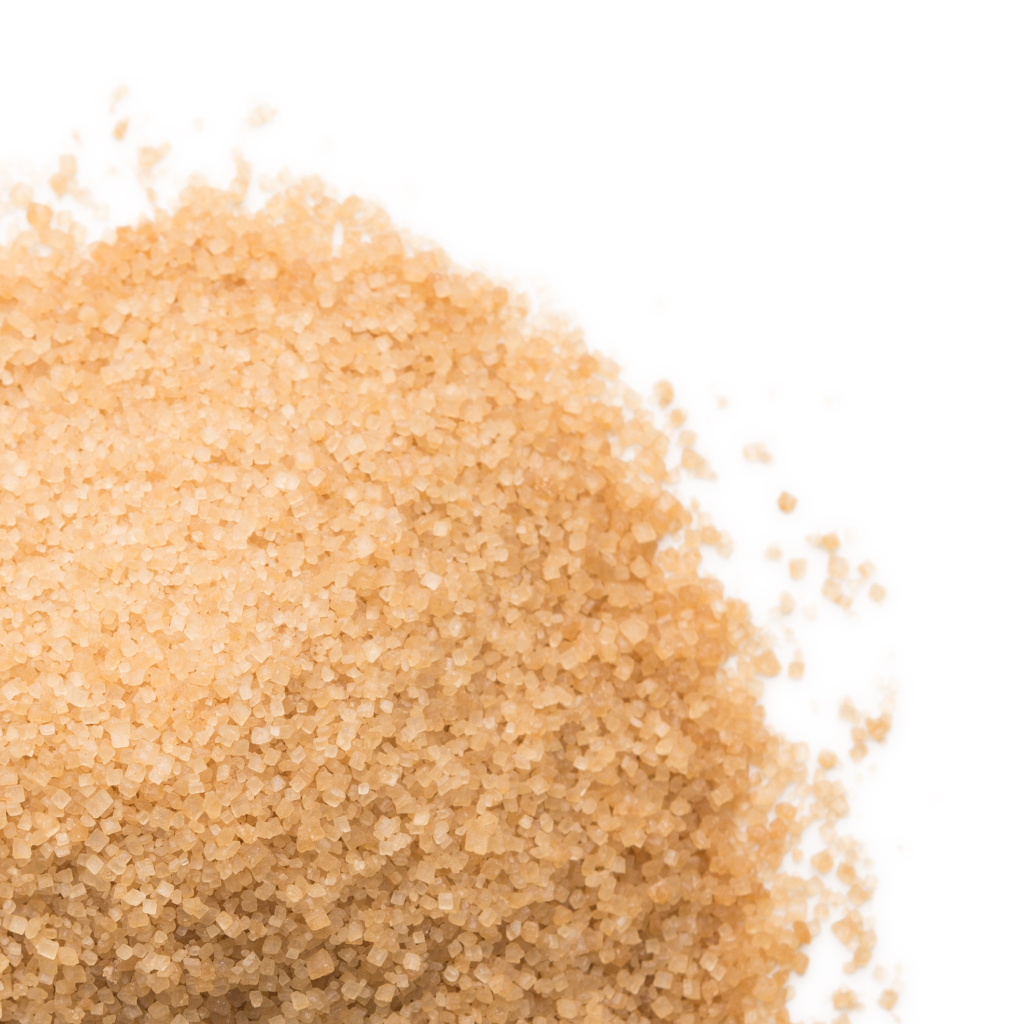Cane Sugar Processing: Cutting-edge Methods for Quality Manufacturing
Cane Sugar Processing: Cutting-edge Methods for Quality Manufacturing
Blog Article
Checking Out the Comprehensive Steps Involved in Walking Cane Sugar Handling From Harvesting to Improvement
The procedure of walking stick sugar production incorporates a series of elaborate steps, starting with the cautious harvesting of sugarcane and culminating in the improvement stages that make sure the end product meets sector standards. Each stage, from the removal of juice to the purification and condensation processes, plays a crucial role in figuring out the top quality and personality of the sugar. Comprehending these phases not only highlights the intricacy of sugar production however likewise elevates important questions regarding performance, sustainability, and technology in the market. What effects do these factors have for future methods?
Gathering Sugarcane
Gathering sugarcane is an important action in the walking cane sugar handling chain, as it straight affects the top quality and return of the last item. Proper timing and strategies are essential throughout this phase to guarantee optimum sugar web content and decrease losses. Typically, sugarcane is harvested when it reaches maturation, normally 12 to 18 months after growing, defined by a high sucrose concentration.

Post-harvest, the sugarcane needs to be processed quickly to avoid sucrose deterioration. Preferably, gathered walking cane needs to be transferred to processing centers within 24 hr to preserve sugar top quality. Consequently, reliable logistical planning is important to preserve the honesty of the harvested crop throughout the supply chain.
Extraction Process

The crushed cane is subjected to a series of pushing procedures to make the most of juice recovery. Normally, warm water is splashed onto the crushed cane, developing a countercurrent circulation that aids liquify the sugar while likewise aiding in the extraction process. The juice gathered from this procedure has not just sugar however likewise numerous organic compounds and contaminations.

To boost removal performance, some facilities may employ diffusion approaches, where the sugarcane is taken in hot water, enabling the soluble sugars to diffuse right into the fluid. The resulting juice, abundant in sucrose, is then routed to succeeding handling phases, laying the structure for filtration and improvement. The removal procedure is hence pivotal in identifying the high quality and yield of the last sugar item.
Filtration Strategies
The filtration methods utilized in walking stick sugar handling are vital for changing the raw juice into a top notch sugar item. These techniques mostly aim to remove impurities, such as dirt, plant products, and inorganic substances, which can adversely influence the end product's flavor and color.
Among the most usual purification strategies is clarification. This process involves including lime and warm to the raw juice, which promotes the coagulation of pollutants. The resulting precipitate is then removed with sedimentation or filtering, yielding a more clear juice. Furthermore, using phosphoric acid can enhance the explanation process by more binding pollutants.
Another significant method is carbonatation, where co2 is presented to the clarified juice. This response creates calcium carbonate, which records staying contaminations and promotes their elimination.
Moreover, turned on carbon treatment might be related to adsorb any kind of remaining colorants and natural contaminations, making certain a much more polished product. The mix of these methods successfully prepares the sugar juice for succeeding action in the refining procedure, setting the stage for the manufacturing of high-grade walking stick sugar.
Formation Techniques
After the filtration phase, the next essential step in cane sugar handling entails condensation approaches, which play a critical function navigate to this site in changing the clarified juice right into solid sugar. This process commonly employs 2 key methods: spontaneous formation and regulated crystallization.
In spontaneous formation, supersaturated sugar solutions are enabled to cool normally, leading to the formation of sugar crystals gradually. This method is easier however might cause uneven crystal sizes and lower purity levels. On the various other hand, managed crystallization is an extra exact method where focus, temperature level, and seeding agents are thoroughly taken care of. This approach allows for the uniform growth of sugar crystals and higher pureness.
Throughout formation, the clarified juice is focused via dissipation, raising its sugar web content till it gets to supersaturation. As soon as this factor is accomplished, either technique can assist in the condensation process. Cane Sugar Processing. The resultant sugar crystals are then divided from the staying syrup via centrifugation
Eventually, the option of condensation technique impacts the quality, size, and pureness of the final sugar item, making this action essential in the overall cane sugar handling procedure.
Improvement and Product Packaging
Exactly how can the purity and quality of cane sugar be better enhanced after formation? The refinement procedure plays a vital duty in attaining top quality walking cane sugar. Complying with condensation, sugar undergoes a comprehensive cleaning to eliminate impurities and recurring molasses. This is usually completed using warm water or heavy steam, which assists liquify and remove undesirable elements while protecting the sugar crystals.
Next, the sugar undergoes a process called centrifugation, where it is spun at high rates to separate the purified sugar crystals from the staying fluid. After centrifugation, the sugar is typically further fine-tuned with an approach called carbonization or phosphatation, which uses turned on carbon or phosphoric acid to eliminate color and off-flavors.
When improved, the sugar is dried out to attain the preferred dampness web content, making certain that it continues to be stable throughout storage space and transportation. The final step includes product packaging the polished sugar in moisture-proof and impermeable containers to preserve its high quality and protect official site against contamination. Cane Sugar Processing. Proper packaging not only prolongs service life yet also promotes very easy handling and distribution, guaranteeing that consumers get sugar that meets the greatest standards of pureness and quality
Final Thought
The detailed actions entailed in walking cane sugar handling, from the thorough harvesting of sugarcane to the detailed improvement and product packaging phases, highlight the value of each phase in guaranteeing premium he has a good point sugar manufacturing. Ideal harvesting techniques, efficient extraction approaches, and strenuous filtration procedures jointly add to the final item's pureness and security. The crystallization and subsequent product packaging techniques additionally boost the stability and service life of the sugar, highlighting the intricacy and accuracy integral in this important agricultural sector.
The procedure of walking cane sugar production includes a series of detailed actions, starting with the careful harvesting of sugarcane and culminating in the improvement stages that guarantee the last item satisfies industry standards. Preferably, harvested walking cane needs to be transported to refining facilities within 24 hours to protect sugar high quality.In spontaneous crystallization, supersaturated sugar remedies are enabled to cool down naturally, leading to the development of sugar crystals over time - Cane Sugar Processing. The improvement process plays an essential duty in attaining high-grade walking stick sugar.The comprehensive actions involved in walking stick sugar processing, from the thorough harvesting of sugarcane to the complex refinement and product packaging phases, highlight the importance of each stage in making sure high-quality sugar manufacturing
Report this page